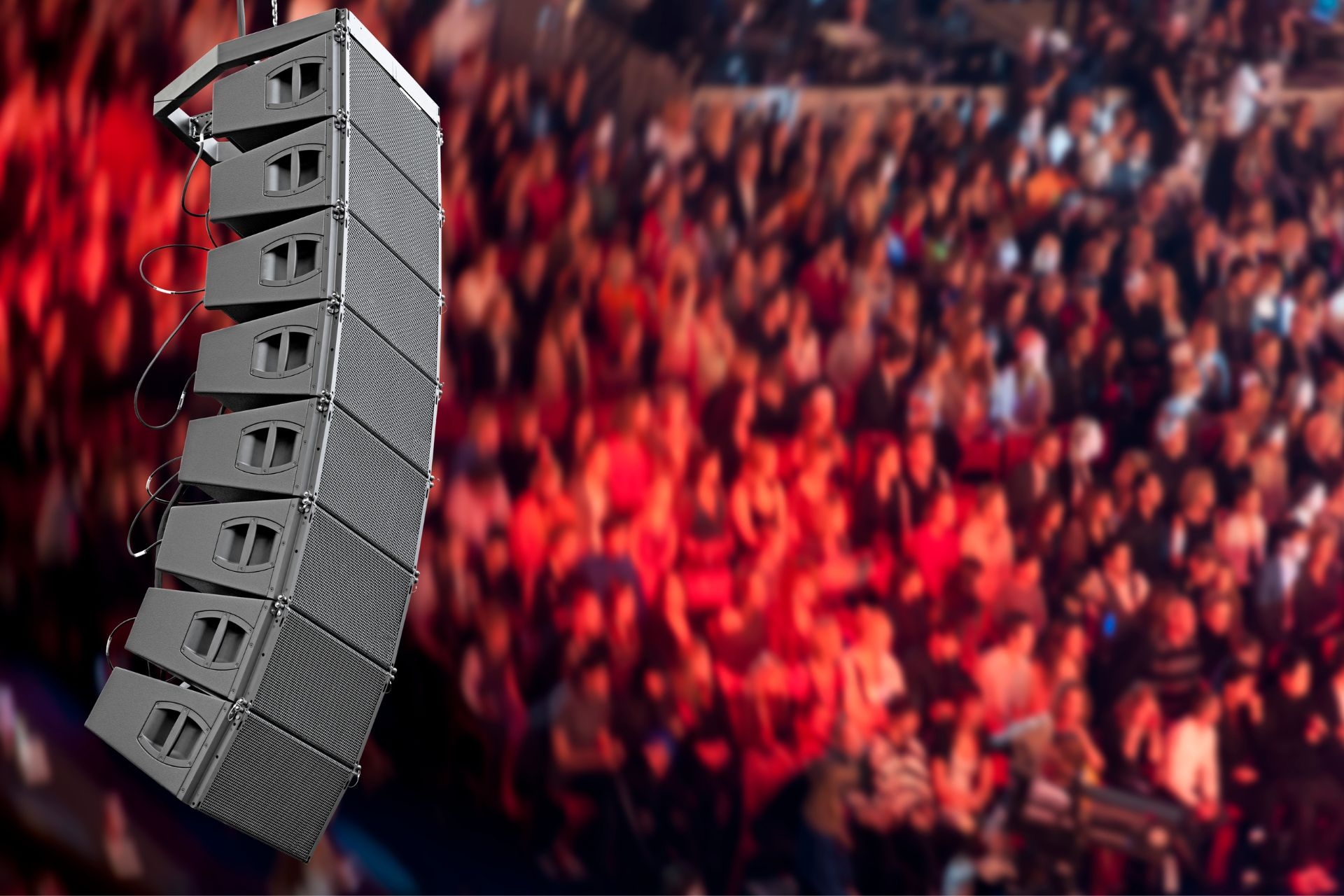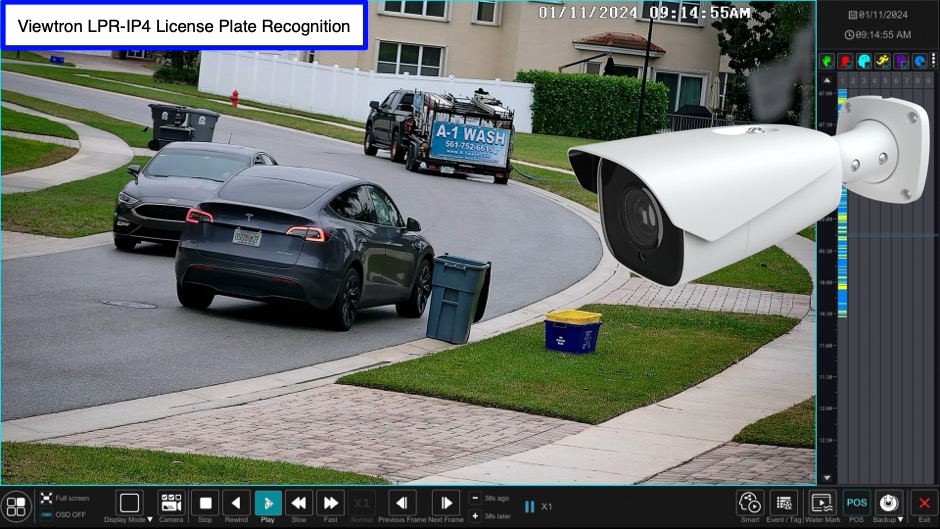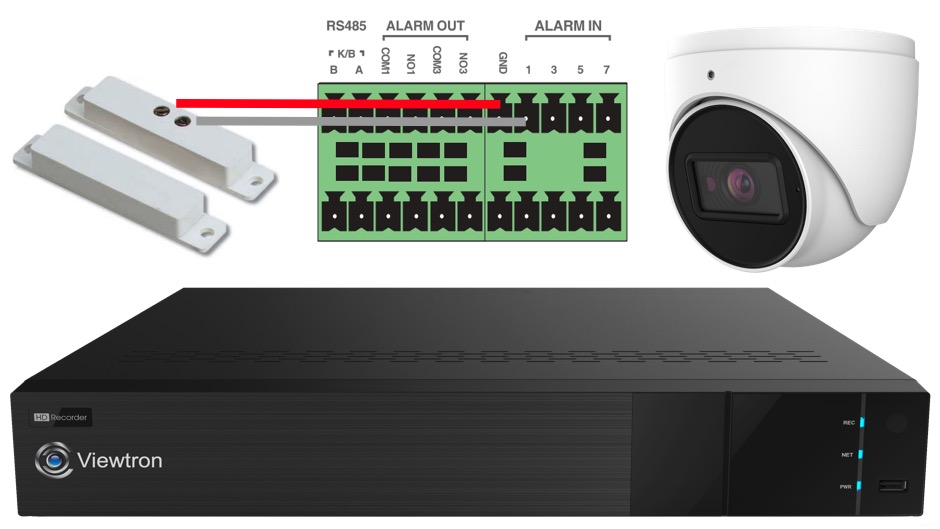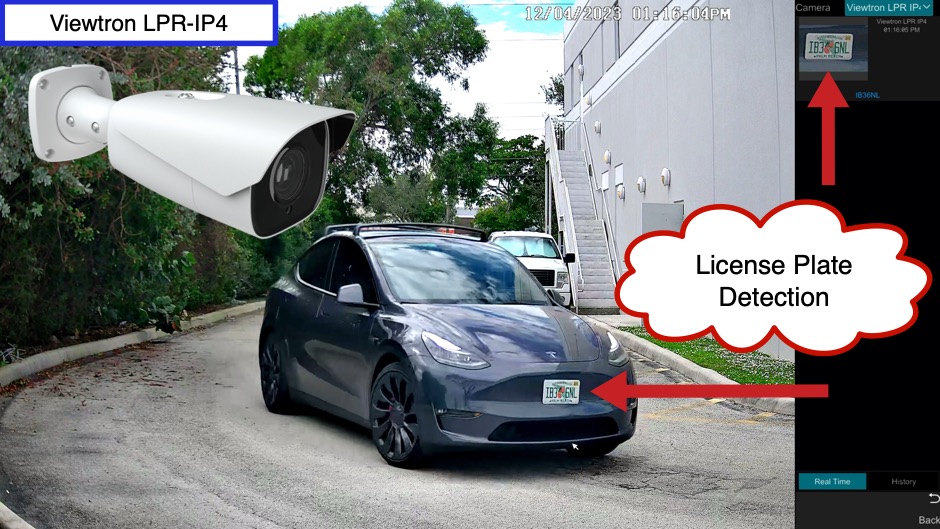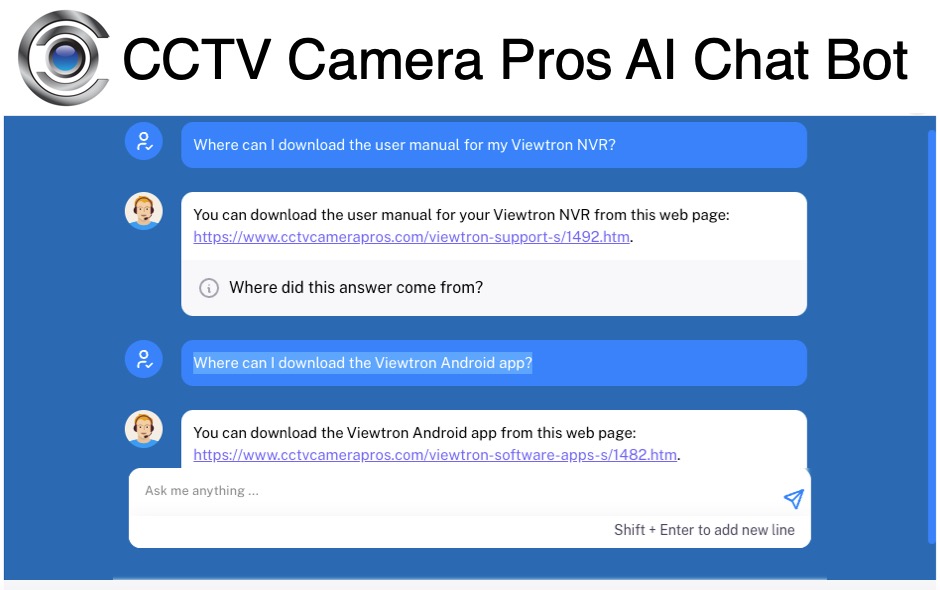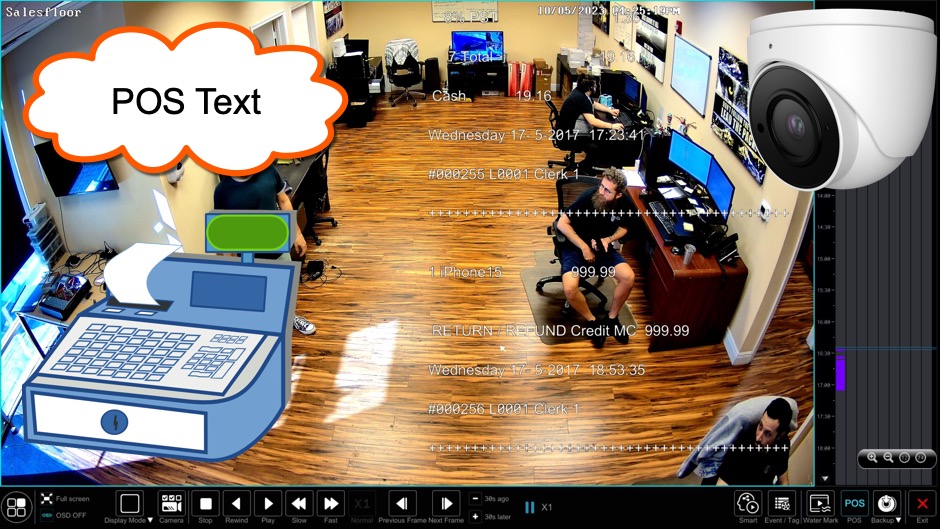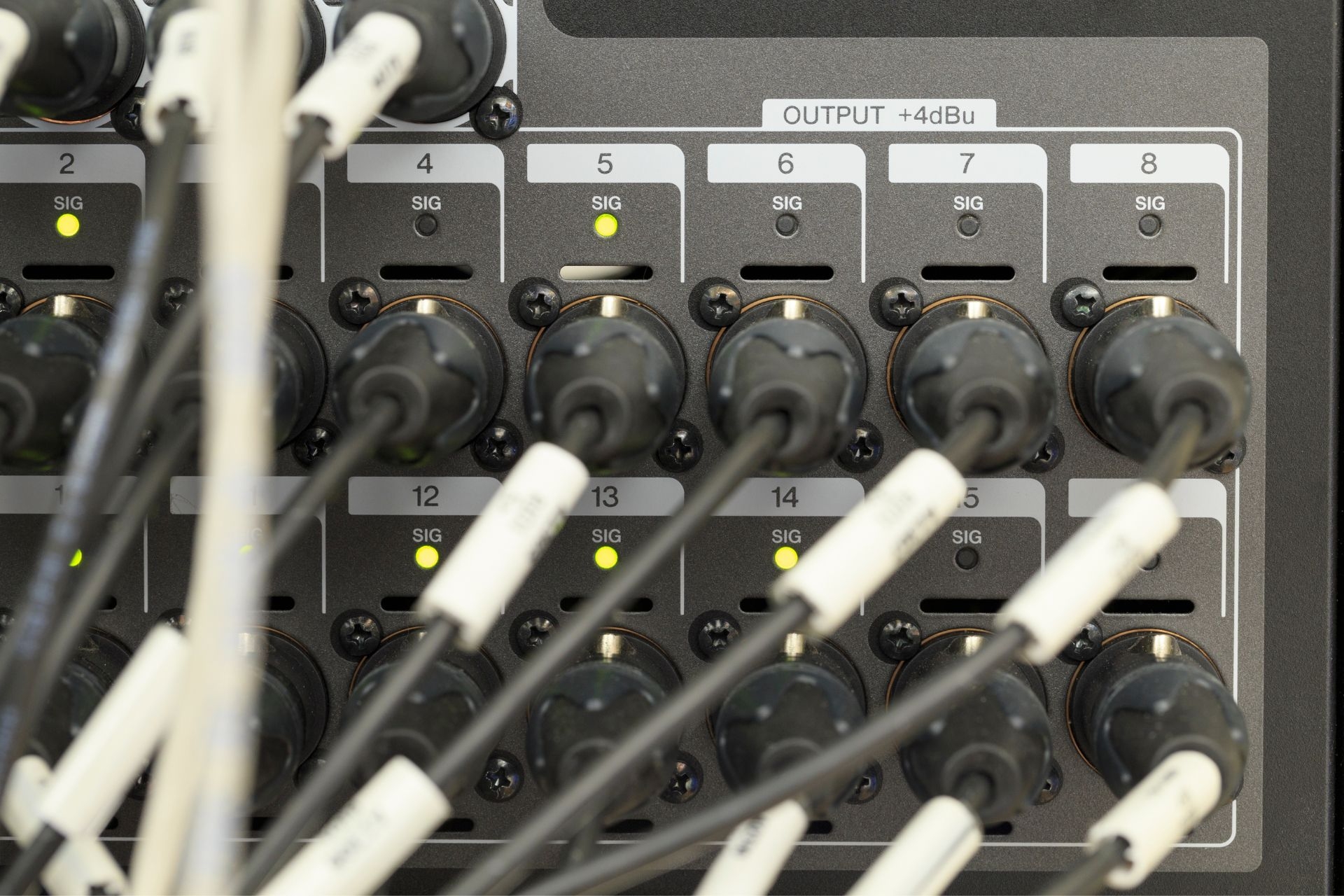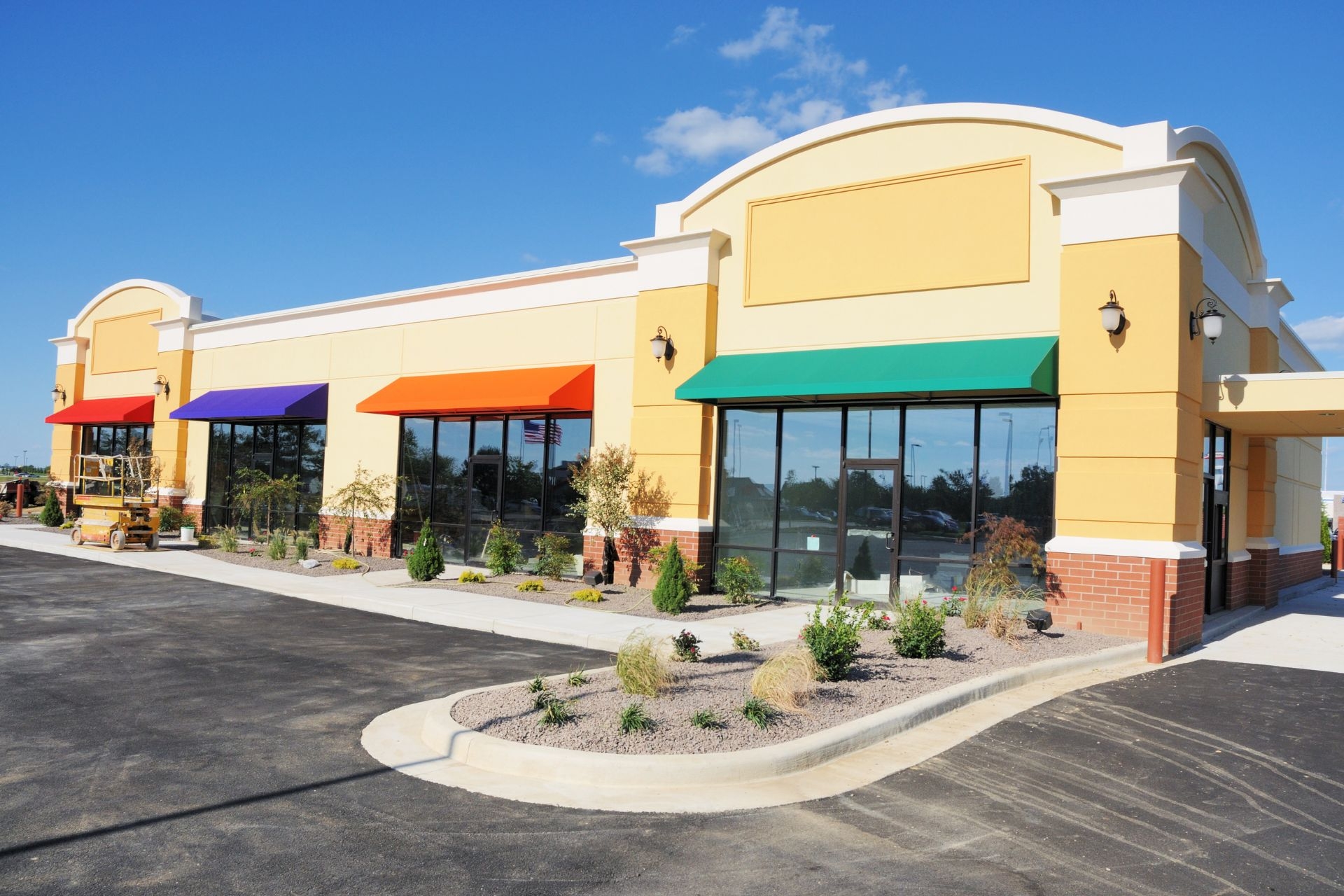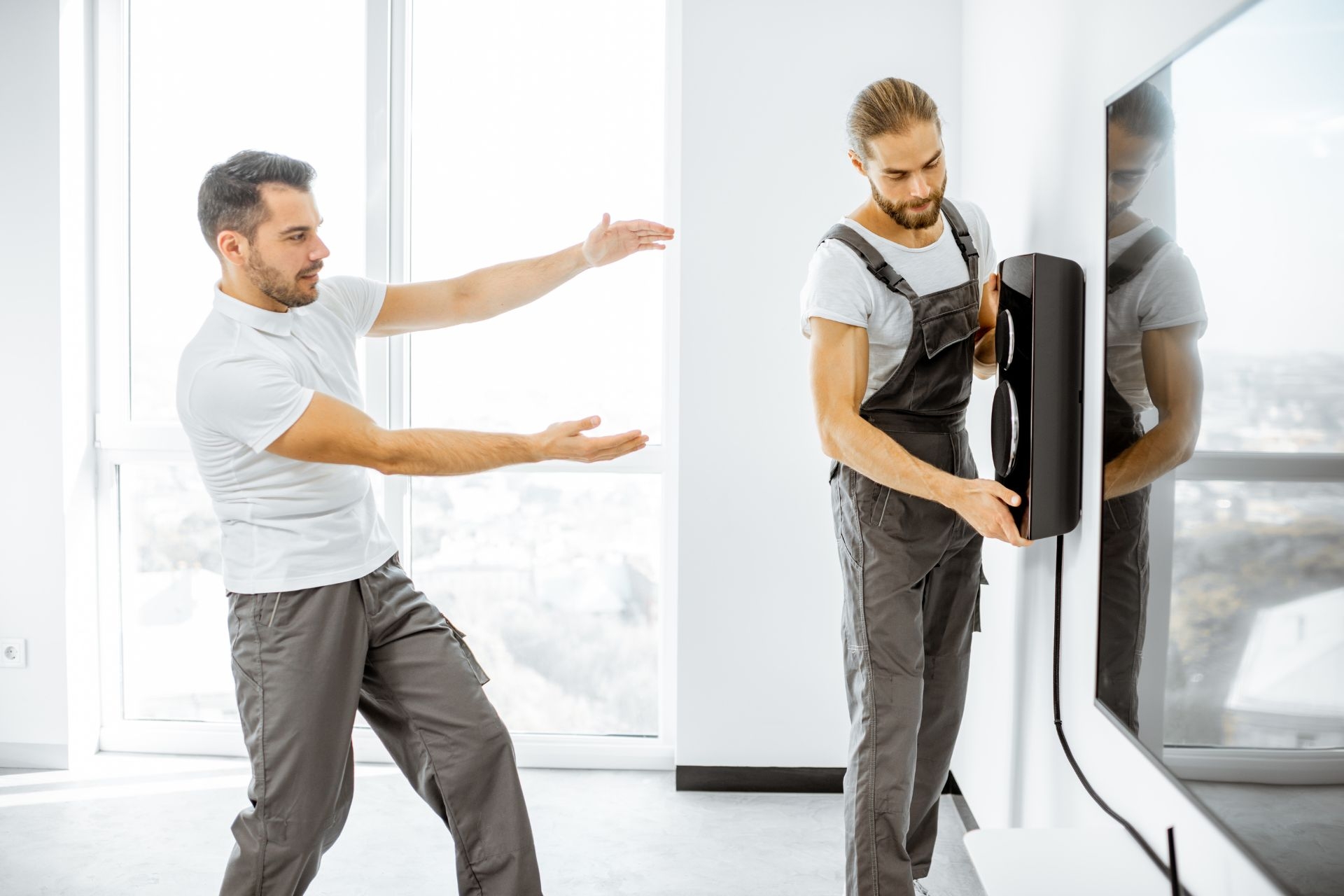Anti-Glare Coatings
How do anti-glare coatings work to reduce reflections on screens?
Anti-glare coatings work by reducing the amount of light that reflects off the surface of a screen, such as a computer monitor or smartphone display. These coatings are typically made of a thin layer of material that helps to scatter the light, rather than allowing it to bounce back directly into the viewer's eyes. This scattering effect helps to minimize glare and reflections, making it easier to see the screen clearly and reducing eye strain.
